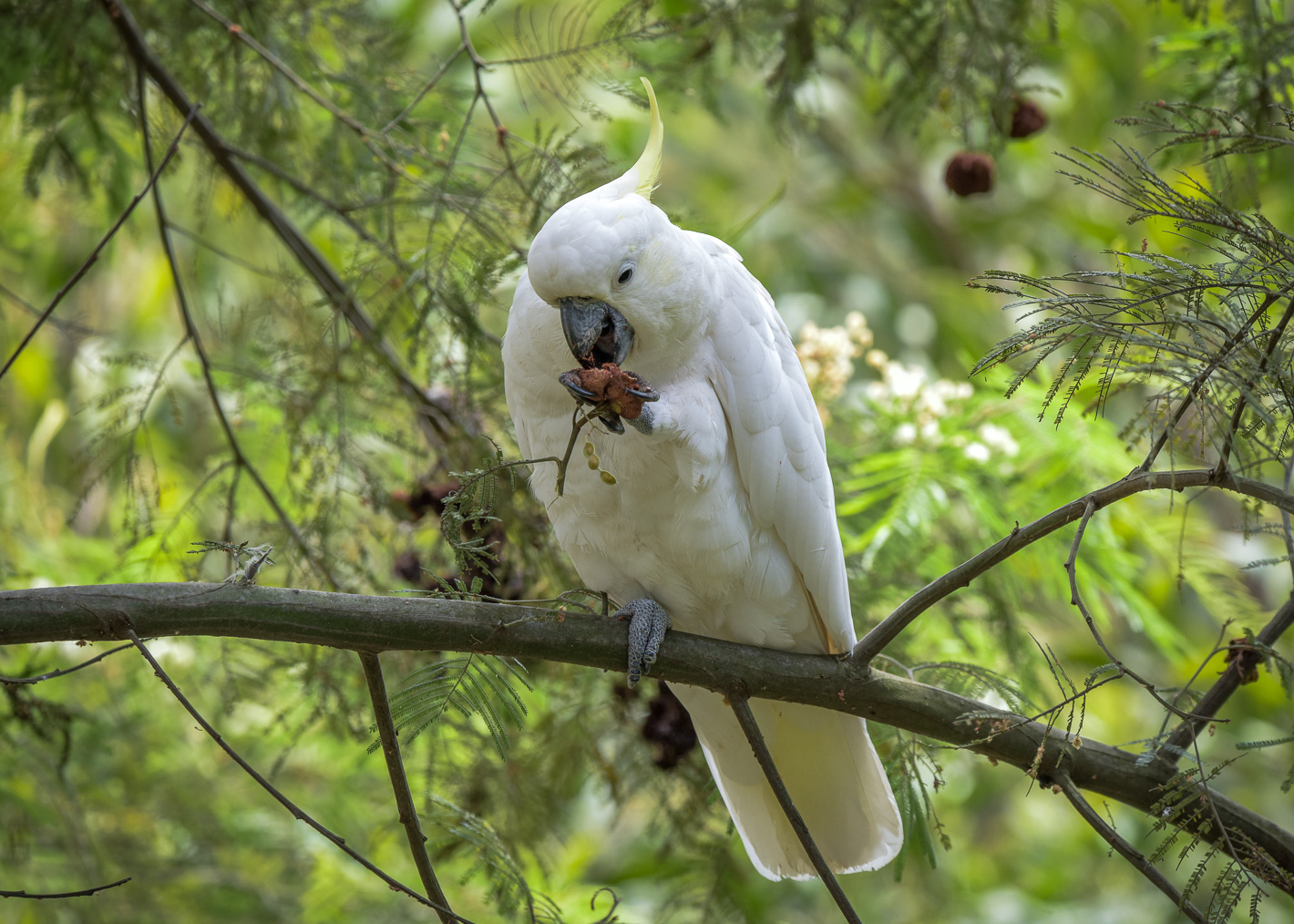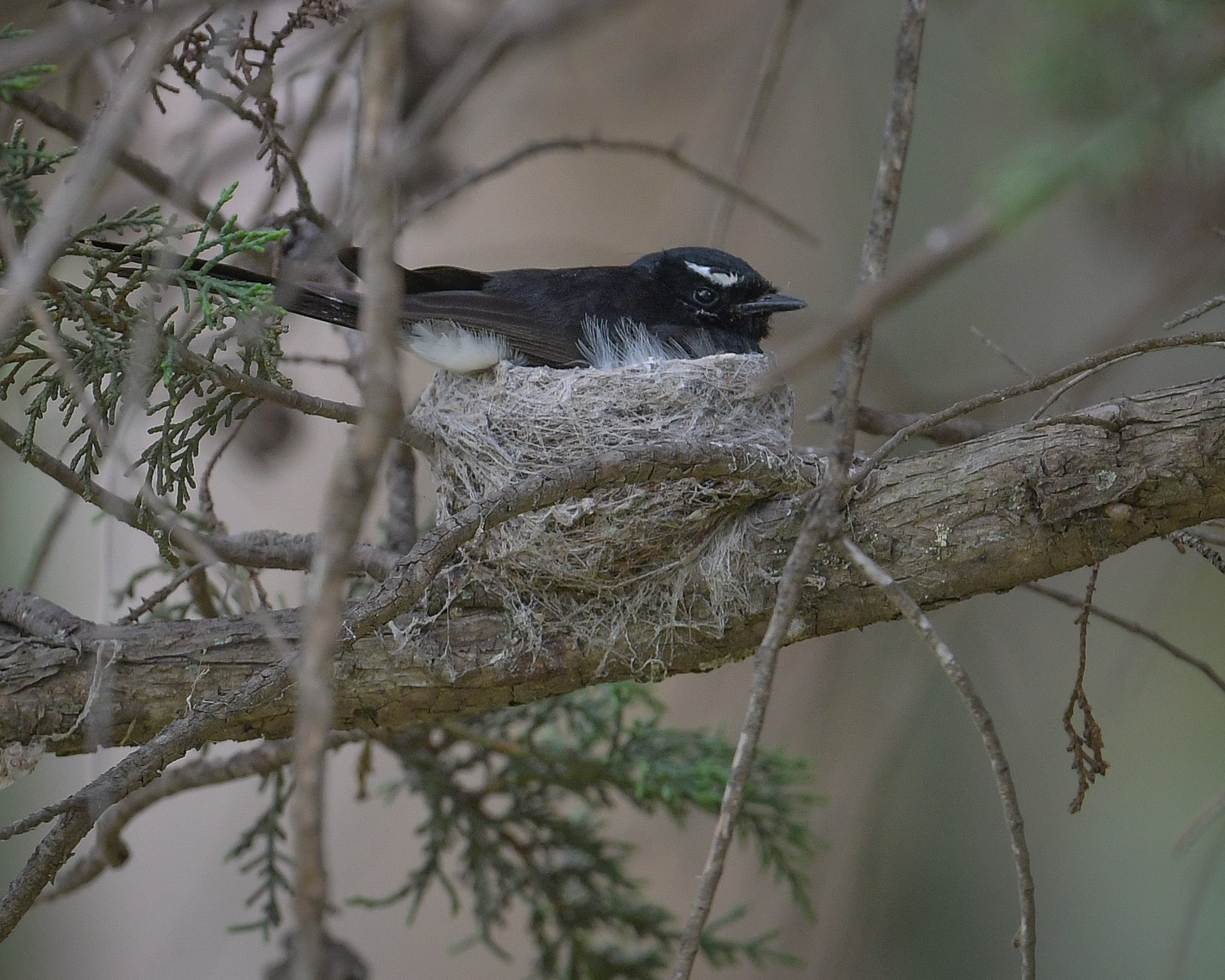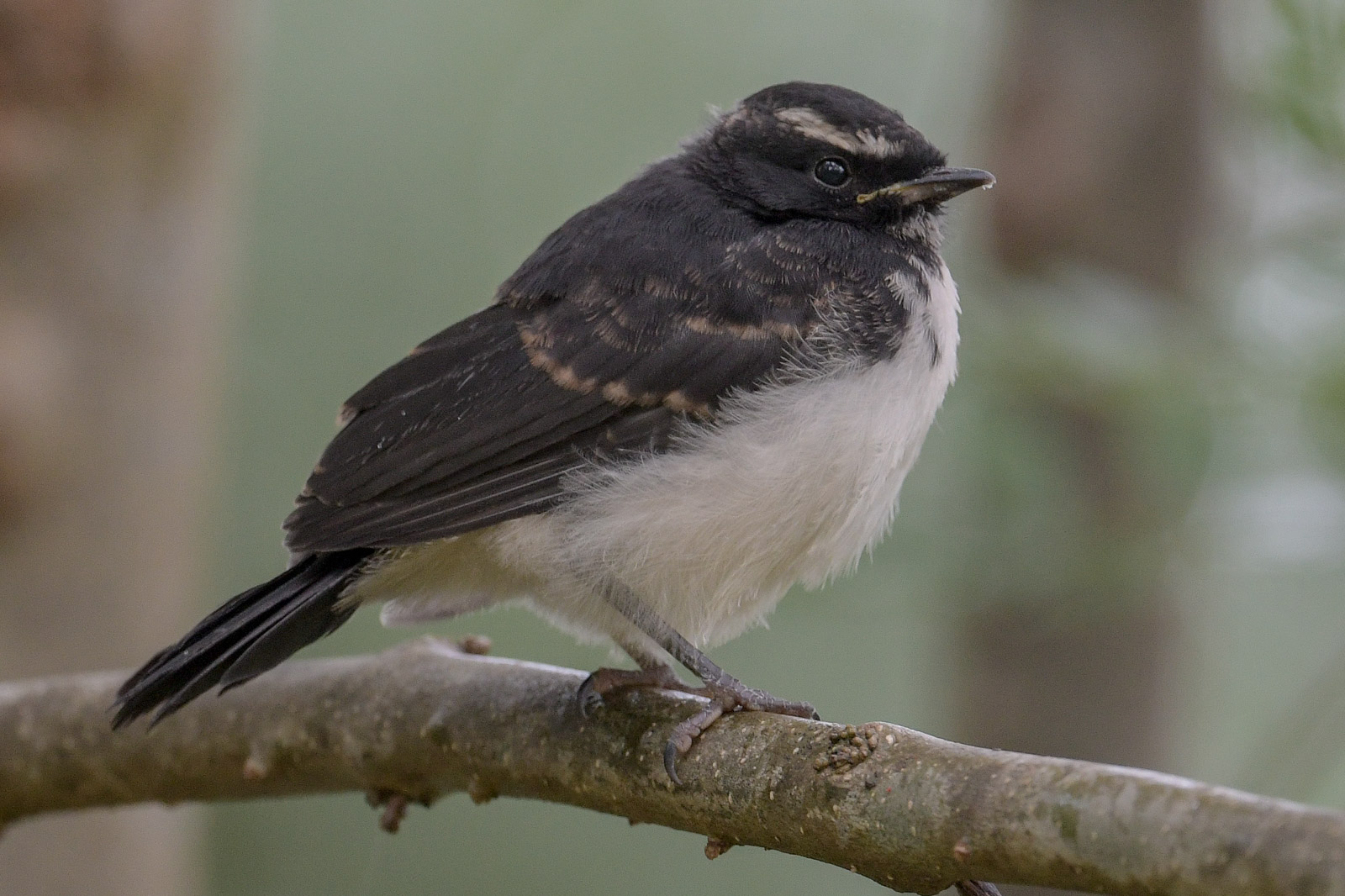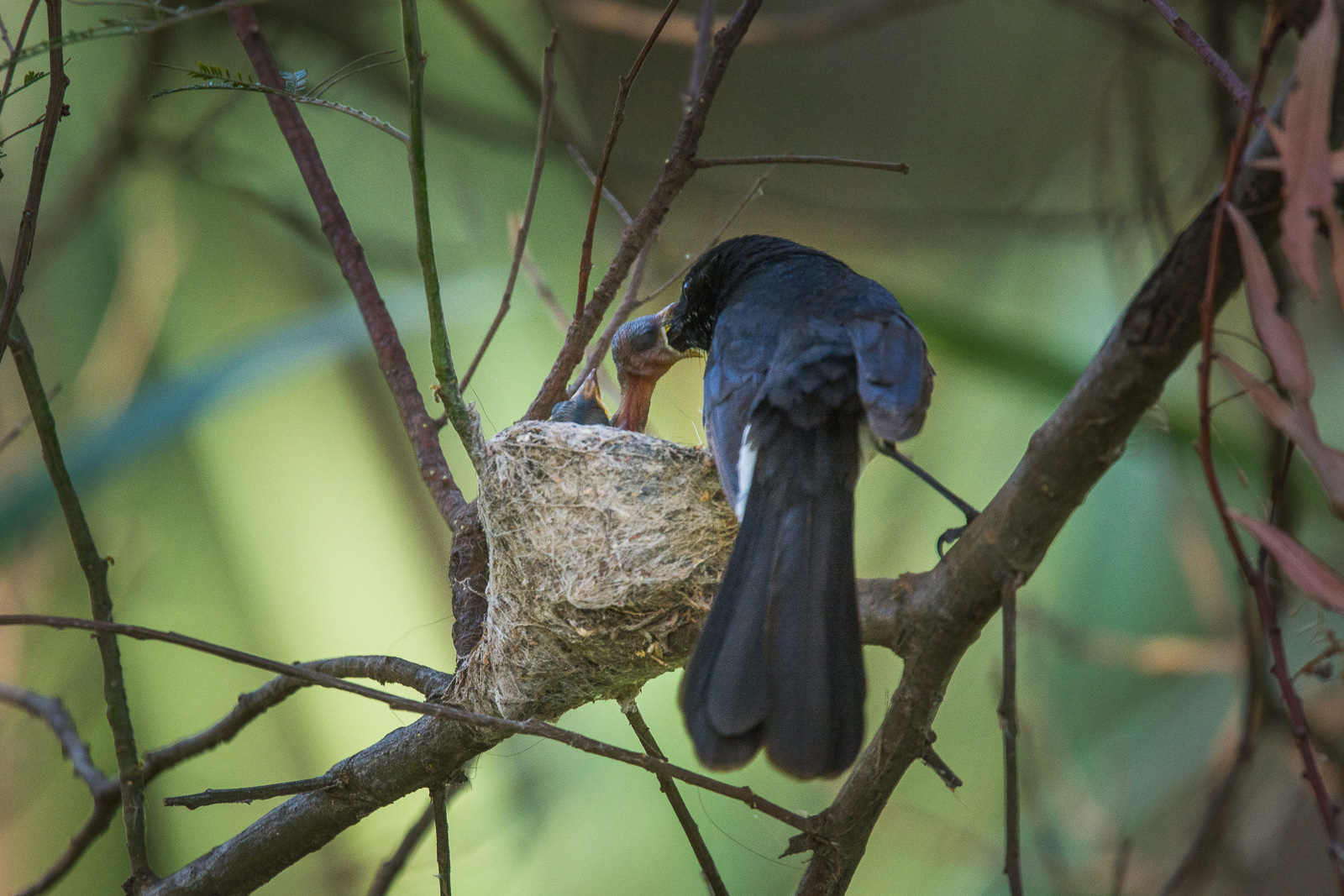Always a great fan of Crosbie Morrison’s radio program “Wild Life” of the 1950s and 60s.
Took me many years but I eventually found a copy of his book, “Along the Track”
So thought this year I might use it as a way of honouring the influence he had on so many listeners. Always fascinating as a little kid to hear what had been sent into him, packed in cotton wool in a matchbox.
Perhaps it was part of my desire to not only see things in the bush, but to really get to know them closely.
Such, is a family of Willie Wagtails.
Now that all the Black-shouldered Kites have left the area, and the Australian Hobbys have fledged and are already making all-day forays out over the paddocks, and the young of Brown Falcon, Cassia, of Cinnamon are now self-sufficient, it’s been a lot harder to find the ‘usual suspects’
I’ve noted before that Wagtails had a very bad start to the season. Been hard to find any that weren’t washed or blown out during the foul weather a few weeks back. When the only protection is clever placement of the nest and a finely woven spiderweb cup, it doesn’t take much to bring the project undone.
One pair had two lots of bad luck. (Perhaps three, as there is some debate about the possibility of an earlier nest we didn’t see).
The first nest was built in the open, and had no protection from the elements. A quick shake of the head and no time for moping about, they got straight back into a new nest. This one was pretty well protected under the leaves, but exposed to the edge of an open paddock and when the rains and winds came, like the three little pigs, the nest was pretty much blown upside down.
Quick off the mark, they returned to the scene of the first nest and relaid the foundation and built a new one. For those that follow Monty Python, it’s a bit like Willowshade in “The Holy Grail”
Monty Python and the Holy Grail
When I first came here, this was all swamp.
Everyone said I was daft to build a castle on a swamp, but I built in all the same, just to show them.
It sank into the swamp.
So I built a second one. That sank into the swamp.
So I built a third. That burned down, fell over, then sank into the swamp.
But the fourth one stayed up.
And that’s what you’re going to get, Lad, the strongest castle in all this Isle.
So Swamps aside, here are some of the highlights from the third and successful nesting
Enjoy

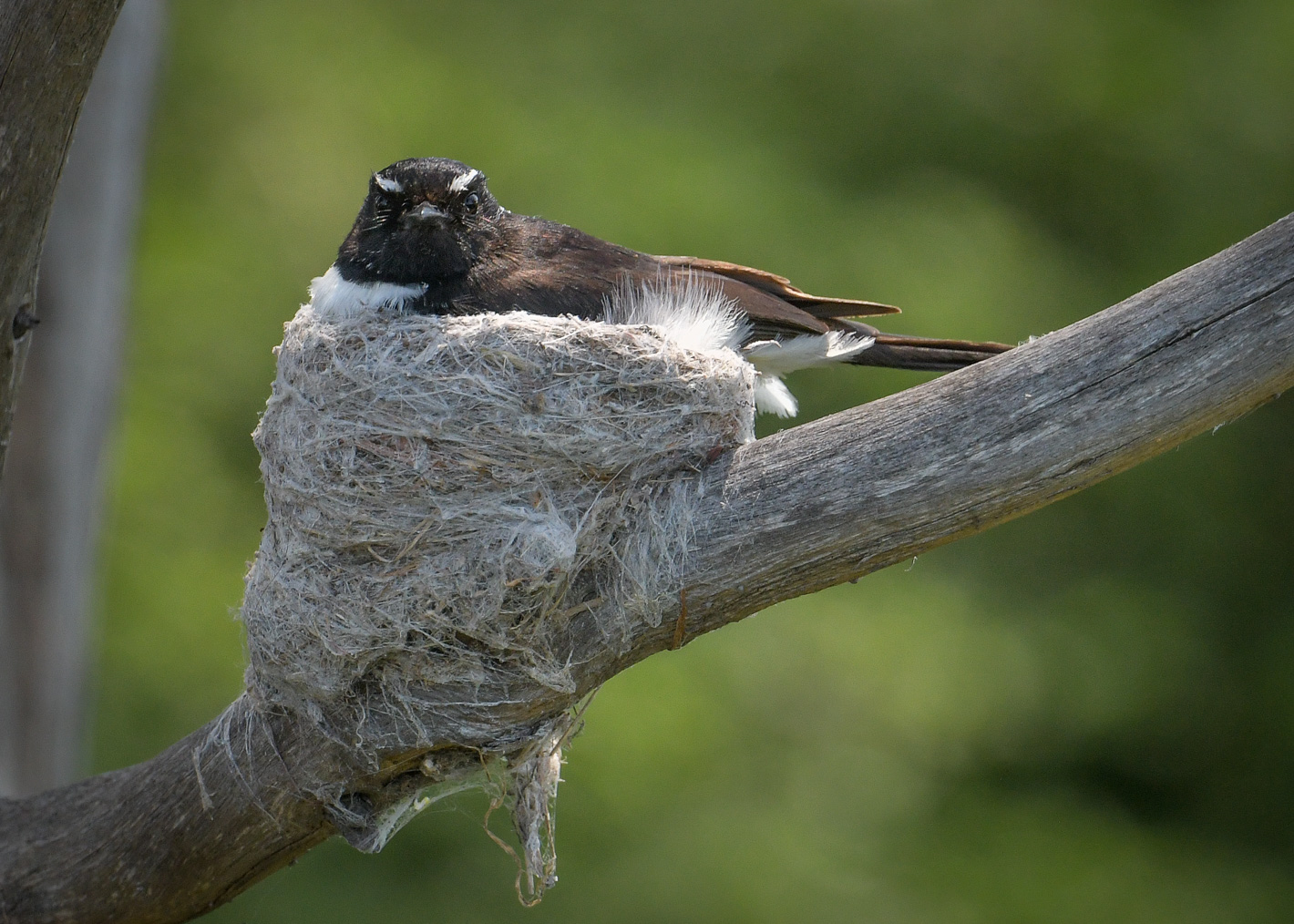

The nest was well sited behind the trunk of the tree to avoid prevailing winds. (Do you think they know that stuff?)
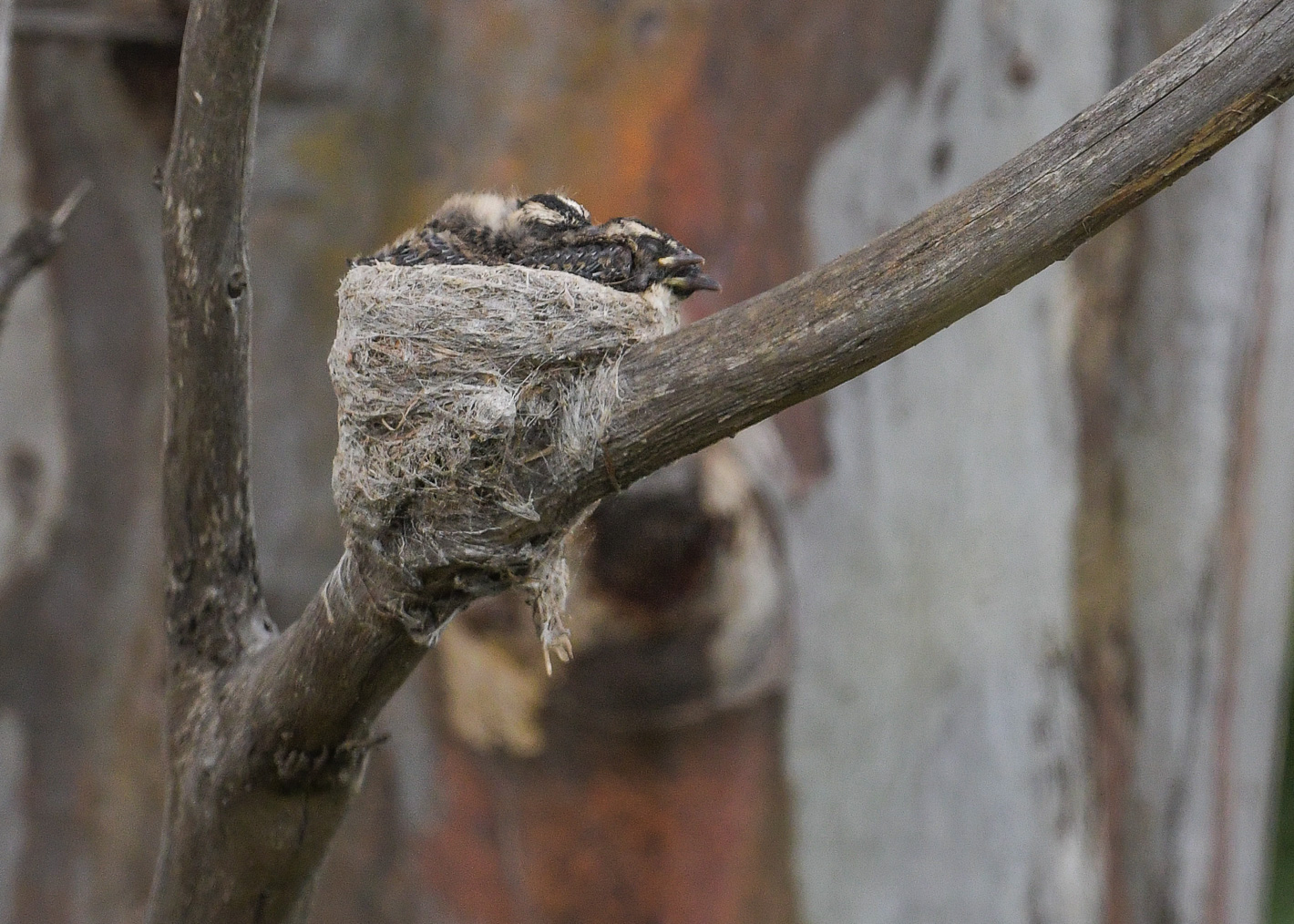

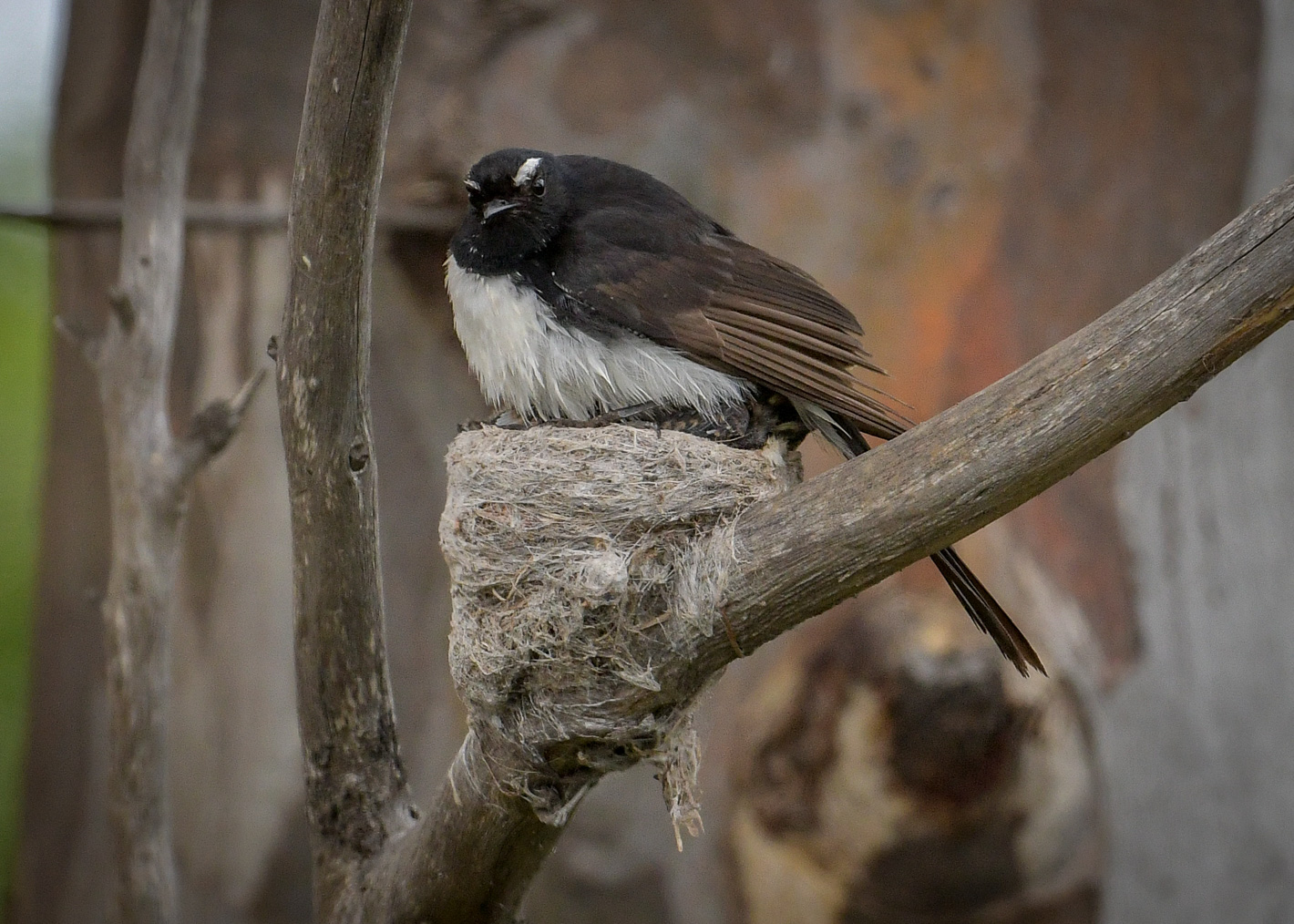
She sits on the young ones to keep them covered. As they grow, they tend to stick out from under her feathers.








































